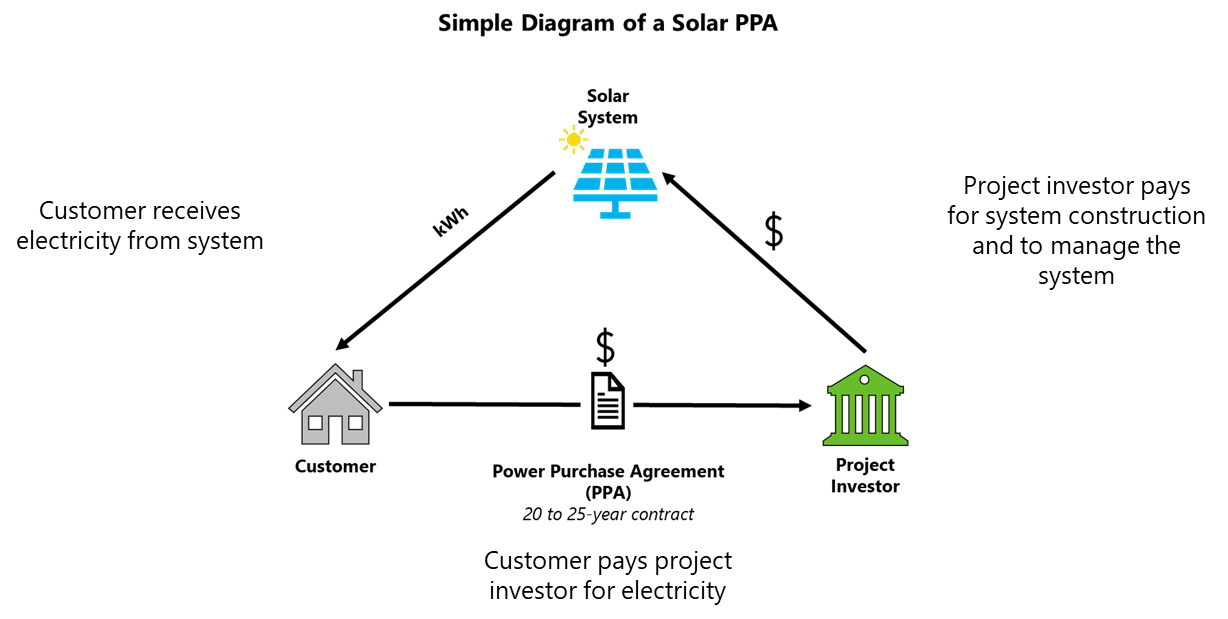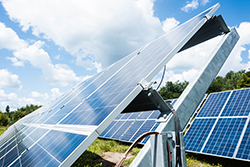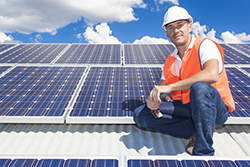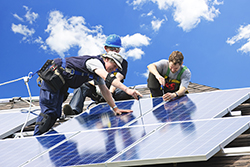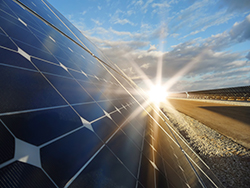solar system pricing in Sky Lake, FL
What Materials Are Used in Solar Panels? Recently, solar energy has become a hot topic of discussion. In the US, there is a huge market for solar energy. Solar panels are increasingly being mounted on roofs to produce electricity. Although many different materials are used to make solar panels, silicon and glass are the most widely used ones. Light is converted into electricity by solar cells. A semiconductor material with a negative electrical charge is silicon. Glass is a nonconductive, transparent material. An anti-reflective coating is a thin layer of material that is applied to silicon to create solar cells. The silicon is then put inside a sealed glass container. A conductive substance is also applied to the glass's surface. These components come together to create a solar cell. Series and parallel connections are made between the solar cells. The voltage can be multiplied by the solar cells in series configuration. The current can be multiplied by the solar cells' parallel configuration. These setups can generate up to several hundred watts of power when used collectively.
How effectively do solar panels work? The type of panels used and where the panels are located are two of the many variables that affect how efficient solar panels are. For instance, solar panels that follow the sun are typically much more effective than fixed-mounted panels. Fixed-mounted panels are typically less effective because they cannot track the sun. Fixed-mounted panels, on the other hand, can be used in locations where there is no sun for a portion of the day. Because fixed-mounted panels are not exposed to the full spectrum of light throughout the day, they can be more effective. The orientation of the panels as well as the amount of surrounding shade and trees have an impact on how efficient solar panels are. Because the sun is higher in the sky on a south-facing roof, solar panels installed on that roof may be more effective than those installed on a north-facing roof. Depending on how the panels are connected to the rest of the system, the efficiency of the panels can also change. While some solar panels are made to be "behind the meter," others are made to be directly connected to the grid. The grid is connected to the panels behind the meters so that they can supply electricity when the grid is depleted. To function properly, the solar panels need to be connected to the grid, but the grid can also charge the panels so they are ready to supply power when the grid needs it.
solar panels suppliers